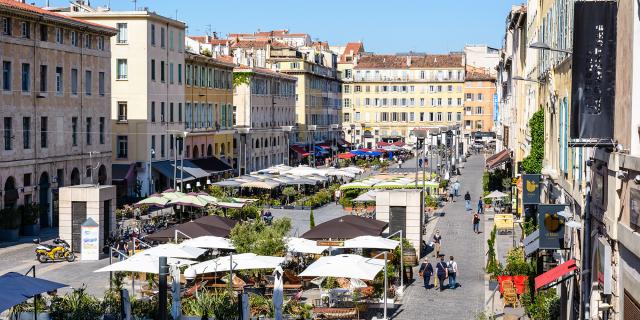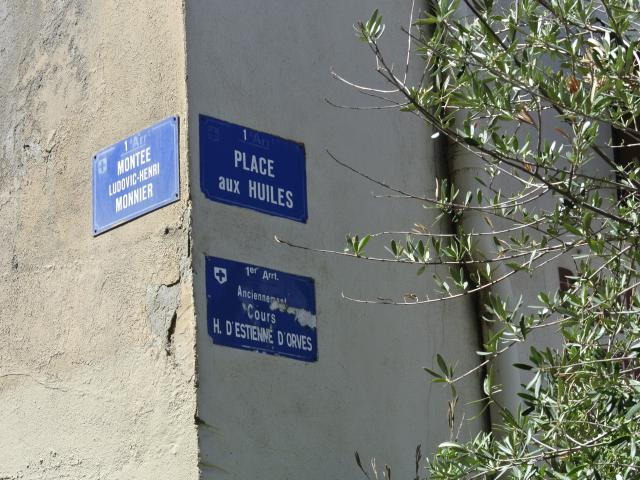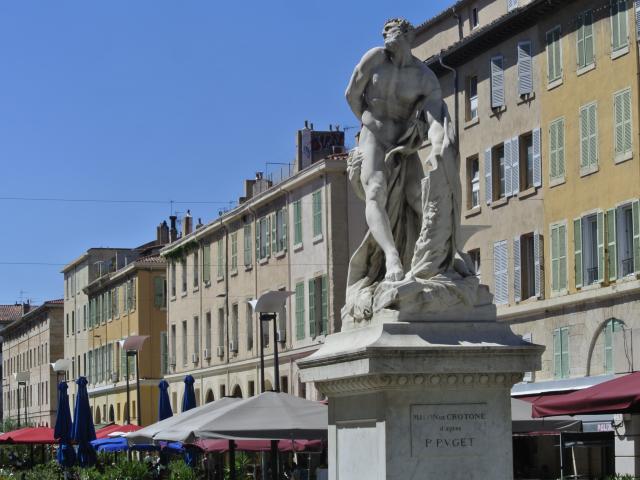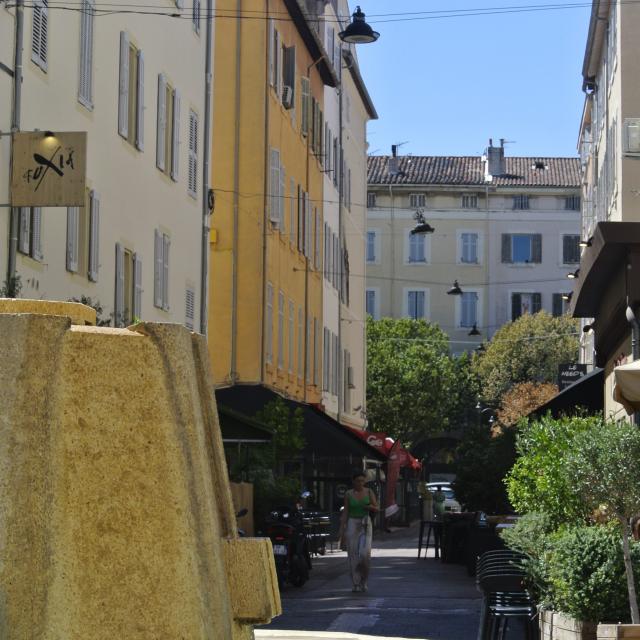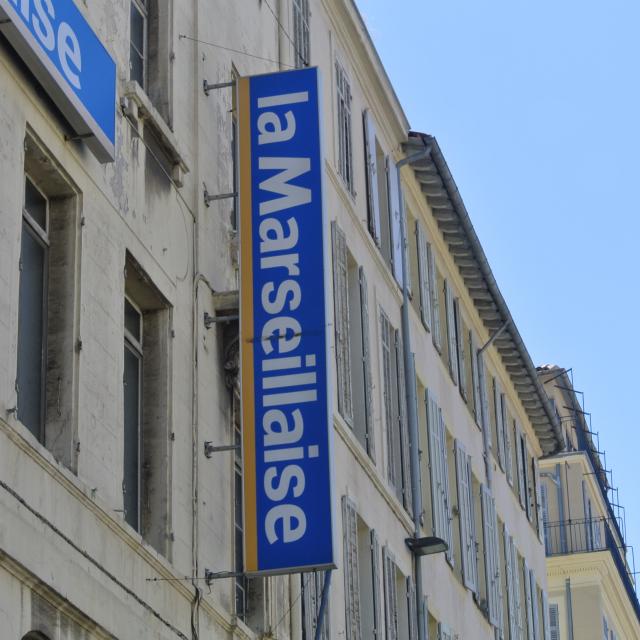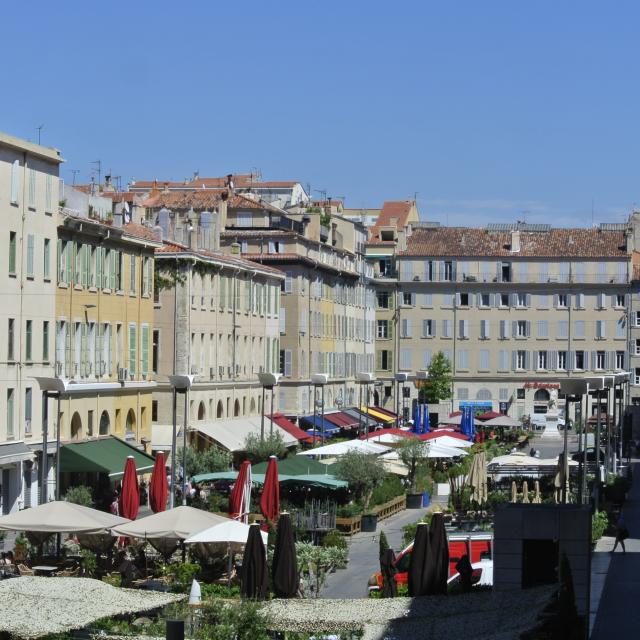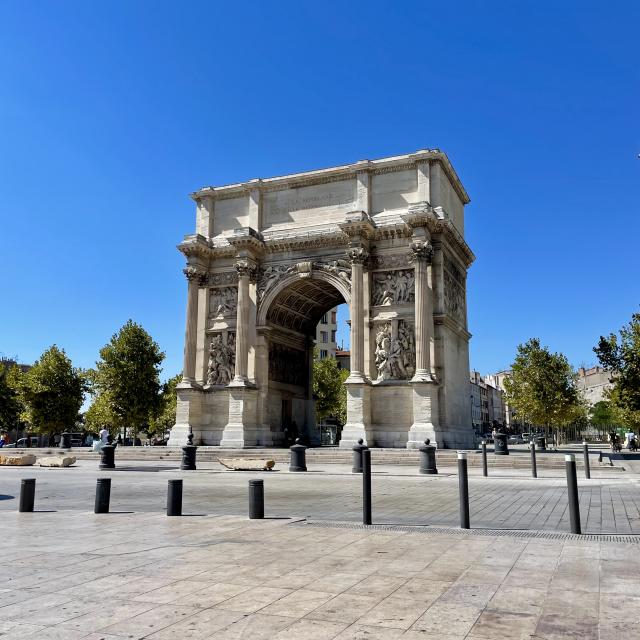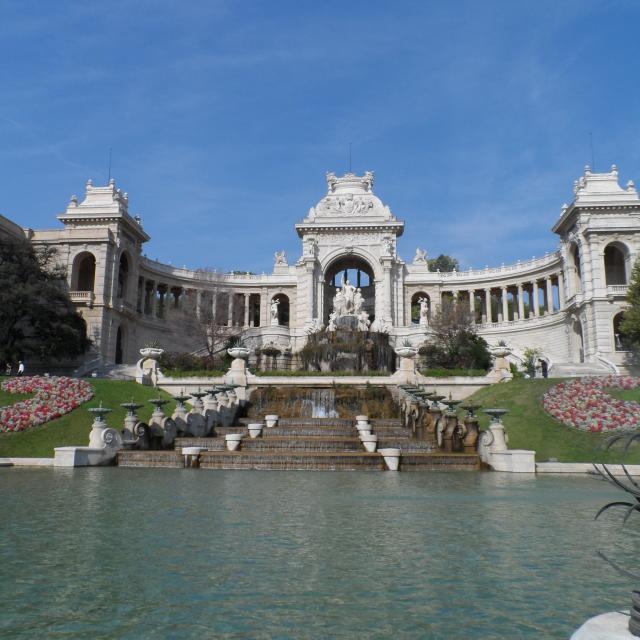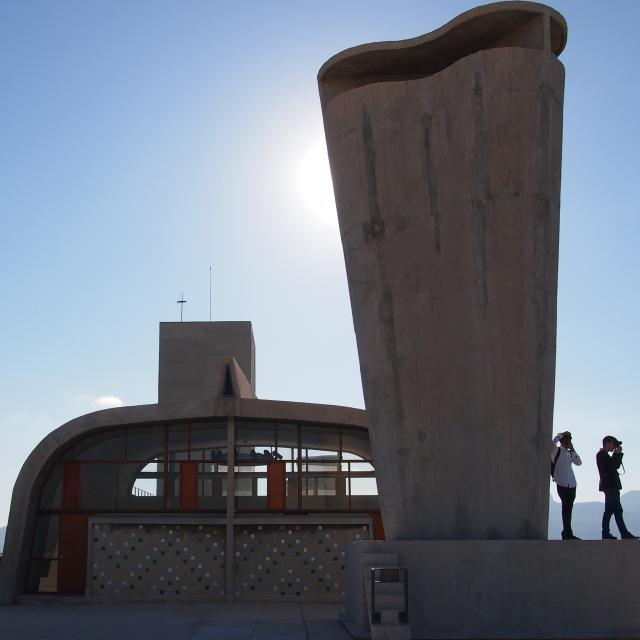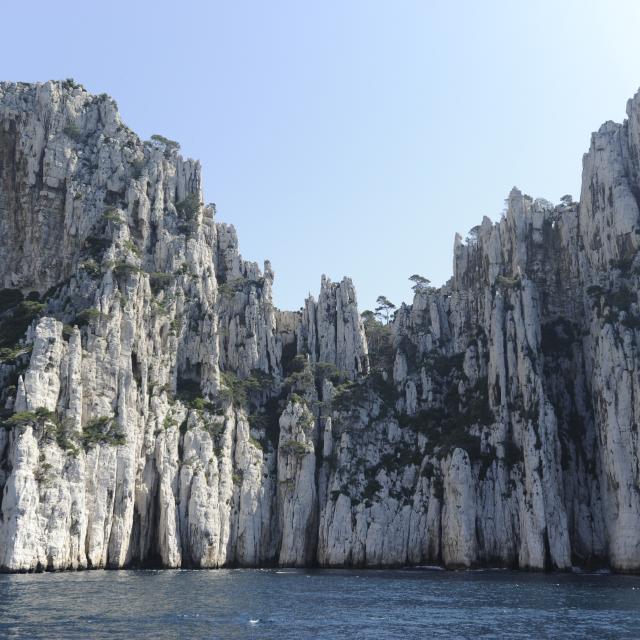A place steeped in history
The square has changed enormously over the course of history. King Charles VIII decided to build a first tercenal (dock) in 1488 to make this area an arsenal for galleys, then enlarged it in 1494 with six new tercenals where the royal galleys were stored and armed. In 1512, King Louis XII ordered twelve new terracenals, of which only six were built.
From 1529, the German Emperor Charles V laid siege to Marseille, and François I had thirteen new galleys built there. In 1646, the convicts’ hospital was founded on the initiative of the Brothers of Saint Vincent de Paul.
In 1702, an internal canal was dug. Initially called “la Darse”, it was later called the Customs Canal in 1780. Its course followed the Place aux Huiles and the Cours Jean-Ballard. The Marseille arsenal, or Arsenal des Galères, was completed in 1707. The arsenal housed up to 8,000 convicts as well as the royal garrison and was the largest in France at the time, accommodating up to 40 galleys.
